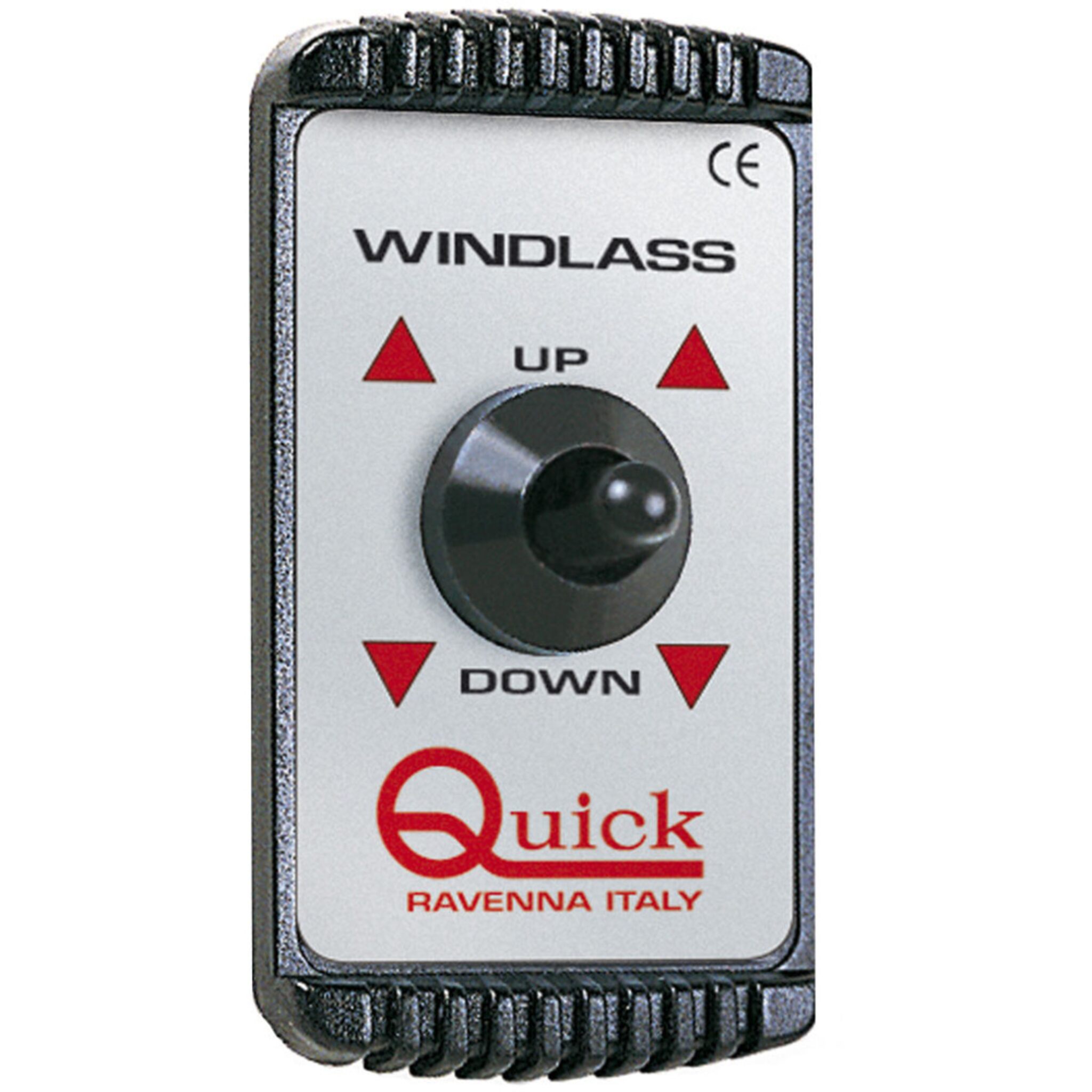Anchor winches and windlasses
Anchor winches are indispensable from a certain boat size. The anchors can no longer be caught up by hoisting by hand due to their high dead weight, the long chains and the resistance. With an anchor winch, the anchor can be pulled out of the water quickly, safely and without risk of injury. The power level required here depends on the type and weight of the boat and the dimension of the anchor harness.
Manual windlasses
Manual windlasses allow the cranks of the winch and anchor chain to be operated manually when a fault occurs with the power supply, in the engine or the transmission. These manual systems are also called emergency manual cranking systems. For example, the Prince DP2 windlass is a manual windlass that uses a free-fall release from the winch-clutch mechanism to allow the anchor and chain to deploy freely without involvement from the engine or wind gear.
Electric windlasses
Electric windlasses offer maximum ease of use. Here, the retrieval of the anchor is very controlled and safe. For example, the Eagle series of Quick belongs to the high-quality windlasses. These winches have a vertically running chain line nut made of chrome-plated bronze. The housing is made of anodized aluminum, making it extremely robust and seaworthy. A control panel with display for chain counter and up/down operation is included here, a mooring capstan optional.
Vertical and horizontal windlasses
Furthermore, a distinction is made between vertical and horizontal windlasses. The special feature here is found in the alignment of the drive shafts. Depending on the deck thickness and available space below the deck, one of the two types is more suitable. Horizontal windlasses are mounted completely above deck, anchor capstan and gypsy are on both sides. In this case, the line is wrapped around the chainring at 90With the vertical windlass, the anchor chain is wound around the chainring at 180This allows optimal control of the chains and reduces slippage and jumping. The sprocket of the vertical windlass is placed above deck, while the gearbox and motor are mounted below.
Finding the right winch
There are various criteria to consider when choosing the right windlass. These include the size of the boat and anchor, water displacement, halyard depth and storage space. Of course, sufficient battery capacity is also necessary. It may be advisable to install an auxiliary battery to ensure sufficient power is available for the windlass. Since windlasses require a lot of power for a short time, the cross-sections of the cables and the alternator charge must be sufficiently strong. In addition to a powerful motor and robust mechanics, attention should also be paid to a high-quality housing of the windlass.








